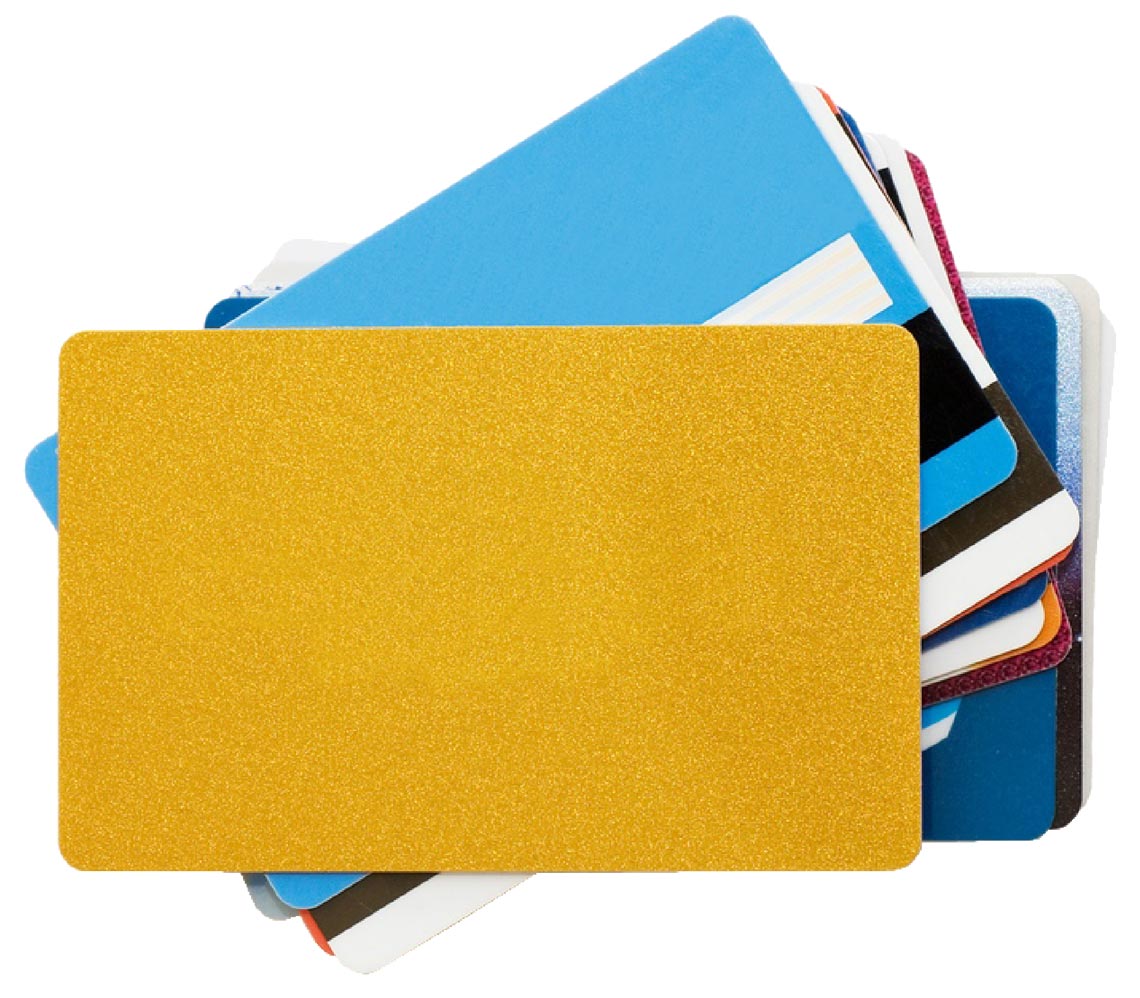Glass
Starting January 2016, U-M suspended its glass recycling program and asked the U-M community to not place glass in the mixed recycling bins on campus. While glass is an easily recyclable material, the market for selling recycled glass has diminished in recent years. In response, the Western Washtenaw Recycling Authority suspended its glass recycling program when the only option for glass was to send it to a landfill.
Wax Coated Cardboard
Tip: Unsure if a box is wax coated? Try scratching the material, and if you feel the wax, then it's coated, if not, then the material is most likely shiny paperboard, which can be recycled!
Frozen Food Containers In Direct Contact With Frozen Food
Tip: Ice cream containers and frozen spinach containers should go in the landfill bin.
Biodegradable Plastic
Biodegradable plastic is perhaps the most greenwashed product on the market. Products made from biodegradable plastic cannot be recycled because of structural incompatibilities with all other types of plastic. What’s more, biodegradable plastics cannot be composted either. The term biodegradable is misleading because it implies that the plastic will break down over time, similar to compostables. However, unlike compostable materials, there is no standardized time range for biodegradables to break down in nor is there regulation of product labeling.
Tip: If you’re at a U-M hosted Zero-Waste Event, there’s no need to worry about the quality of plastic. All materials used at these events can be composted!
The new standardized recycling labels on campus are an effort to reduce contamination rates by showing the U-M community exactly what should go into the recycling bin. So if the product you’re trying to recycle is not on the sign, place it in the landfill bin or contact recycle@umich.edu with your questions!












